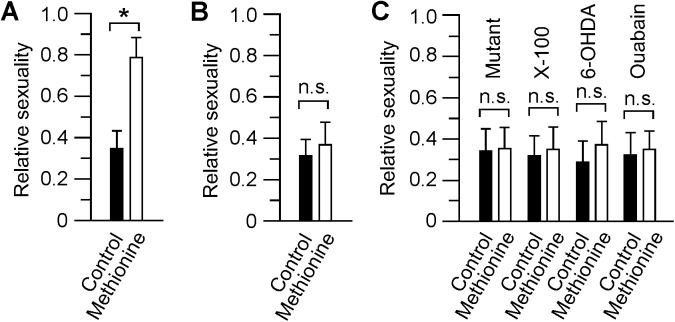Fig 3. Relative sexuality levels of wild-type, mutant, and chemically lesioned animals tested under different conditions.
(A) Sexuality levels of male zebrafish recorded in the male-male setting before (black bar) and after odor stimulation (white bar). Note the increase of sexuality levels after odor stimulation. (B) Sexuality levels of female zebrafish recorded in the female-female setting before (black bar) and after odor stimulation (white bar). No obvious changes were observed before and after odor stimulation. (C) Sexuality levels of nbb and drug-treated males (Triton X-100, which destroyed the olfactory neurons; 6-OHDA, which ablated DA-IPCs; ouabain, which selectively lesioned RGCs) in the male-male setting recorded before (black bar) and after odor stimulation (white bar). In all cases, no obvious changes in sexuality levels were detected after odor stimulation. The data represent the Means ± SE. n = 8 in each group. * p < 0.05; n.s., not significant.

